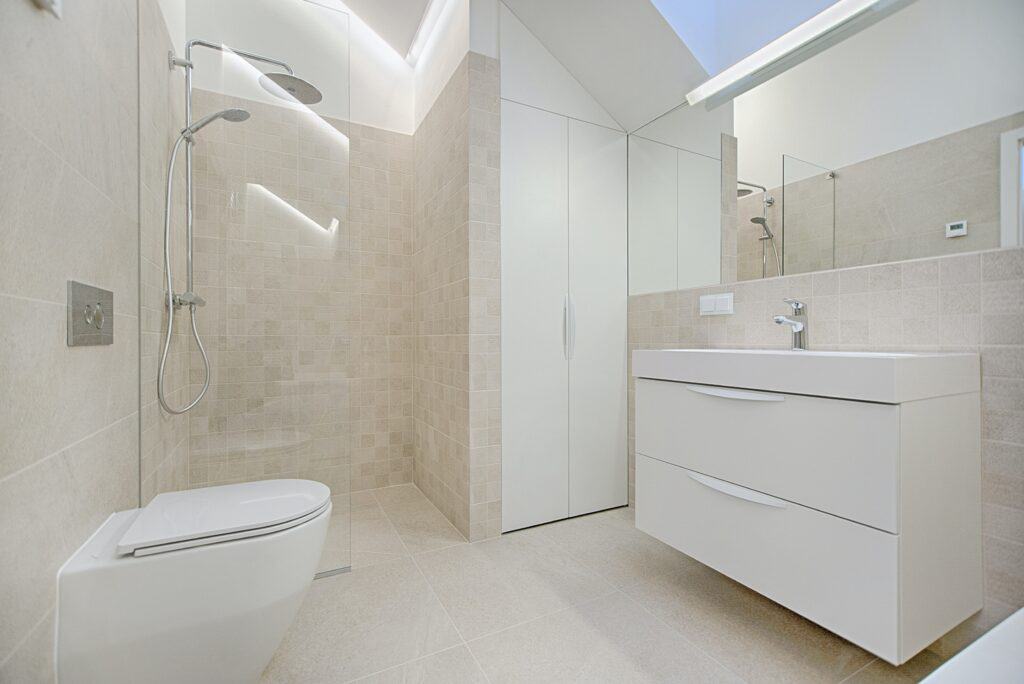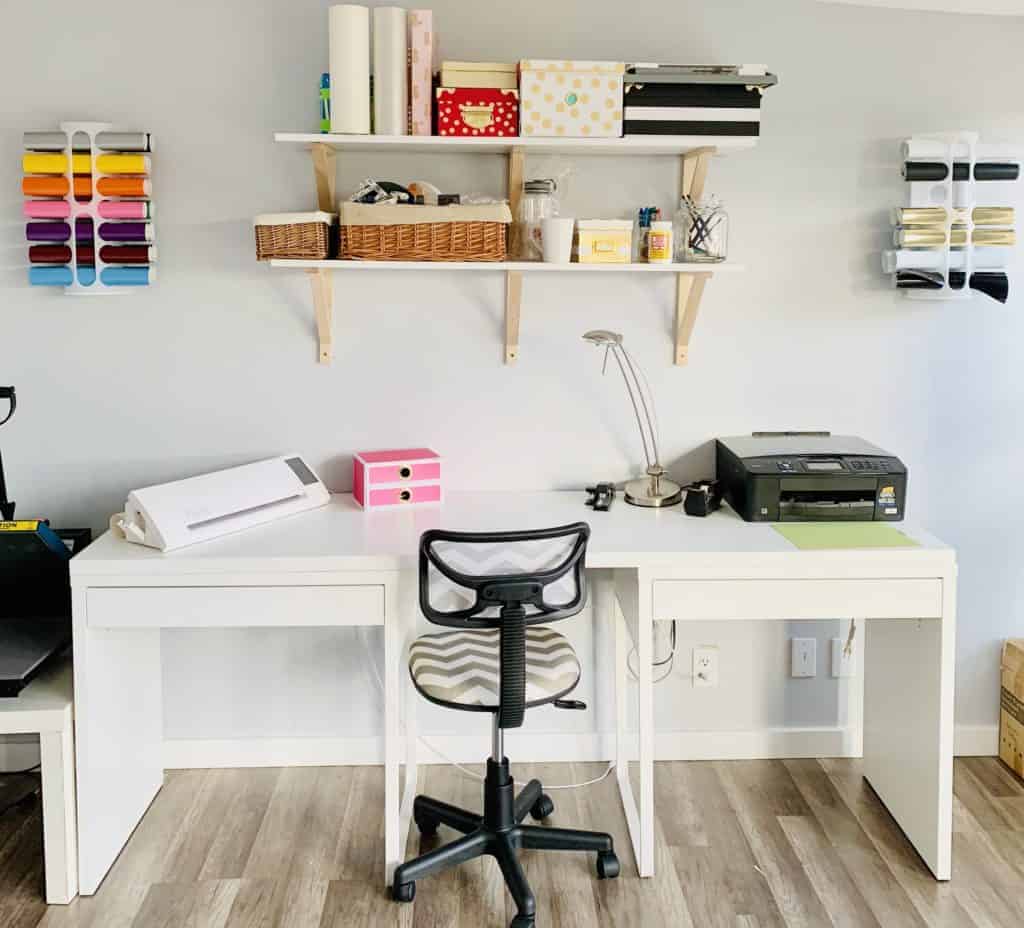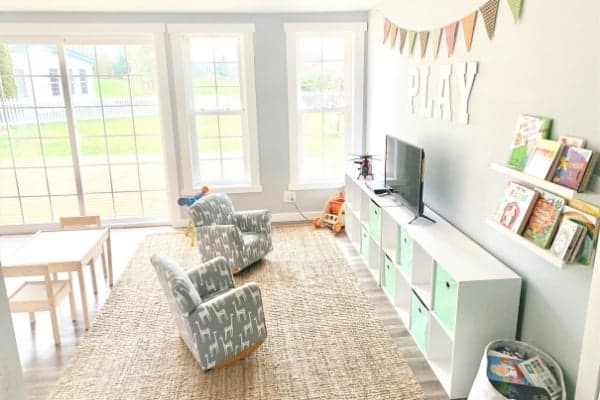When it comes to home improvements, enhancing bathroom accessibility is essential, particularly in places like Orlando, where the weather can impact daily activities. In a city known for its humid climate and frequent rainfall, ensuring that your bathroom is safe and accessible is crucial. Not only do non-slip surfaces become a priority, but other features that support mobility and safety can significantly improve the quality of life for those with physical limitations.
With a growing need to accommodate various accessibility requirements, here are several strategies to create a more inclusive space in your home.
- Widen Doorways
One of the first steps in making a bathroom more accessible is to widen the doorways. For those who use wheelchairs or walkers, standard doorways can be a significant barrier. Ideally, doorways should be at least 32 inches wide, but 36 inches is recommended for maximum accessibility. This modification not only aids those in need but also makes it easier to move larger items in and out of the bathroom.
It’s important to hire a professional who can ensure that structural integrity is maintained while making these changes.
- Accessible Shower Options
For many, the shower presents the biggest challenge in terms of accessibility. Traditional bathtubs can be difficult to enter and exit, making walk-in showers or roll-in showers with no steps an ideal choice. Walk-in showers should include a wide opening and a flat floor for easy access, while roll-in showers are designed to accommodate wheelchairs. Both types of showers can benefit from the addition of non-slip floors, seating, and adjustable shower heads to make the bathing experience safer and more comfortable. It’s important to tailor these features to the specific needs of the user, ensuring they provide the necessary support and functionality.
Due to the climate, the specifics of installation can be crucial, so opting for a professional shower installation in Orlando can ensure that every aspect of your accessible shower is optimized for safety and usability.
- Non-slip Flooring Solutions
The bathroom can be a hazardous place due to the risk of slipping, especially in a humid climate like Orlando’s. Installing non-slip flooring is essential to prevent falls and ensure safety. Options such as textured tiles, anti-slip vinyl, or treated wood can offer safety without compromising on style.
When selecting materials, it’s crucial to consider those that can effectively withstand local weather conditions and frequent exposure to moisture, ensuring a long-lasting and safe bathroom environment.
- Grab Bars and Handrails
Installing grab bars and handrails in the bathroom enhances safety by providing support for those who have difficulty navigating slippery surfaces. These aids should be installed where falls are most likely, such as in the shower, near the toilet, and along the walls adjacent to the tub. For proper support, it’s crucial that these bars are anchored securely to wall studs, not just to the drywall.
ADA guidelines recommend that grab bars be at least 1¼ to 1½ inches in diameter and mounted 34 to 38 inches above the floor. This ensures they are accessible and strong enough to support varying weights.
- Adjustable Shower Heads and Controls
Adjustable shower heads and easy-to-use controls are vital for an accessible bathroom. Hand-held shower heads allow users to direct the water exactly where it’s needed without having to move much, which is particularly helpful for those with limited mobility. Installing a shower head on a sliding bar can make it usable at various heights, accommodating both standing and seated users. Equally important are thermostatic controls, which help maintain consistent water temperature and prevent burns by automatically adjusting to sudden changes in water flow.
These features not only increase safety but also promote independence by allowing individuals to shower without assistance.
- Raised Toilets
Raised toilets are another practical enhancement in an accessible bathroom. They are designed to make sitting down and standing up easier for people with limited mobility, such as the elderly or those with joint pain. Standard toilets are typically about 15 inches tall, but comfort-height toilets are closer to 17 to 19 inches, akin to chair height. For those who do not wish to replace their existing toilet, add-on toilet seat risers are an effective alternative.
These can be fitted over the existing toilet seat to add a few inches of height, making them an economical and minimally invasive solution.
- Seating in the Shower
Incorporating seating into the shower can greatly enhance safety and comfort, particularly for those who cannot stand for long periods. Options range from built-in benches to removable shower chairs or stools. Built-in seating is sturdy and can be designed as part of the shower’s overall aesthetic, but removable chairs offer flexibility and can be taken out of the shower when not in use, which is perfect for households with varying accessibility needs.
Whatever the choice, ensure that the seating is secure and water-resistant, offering a stable and comfortable place to sit while bathing.
- Smart Bathroom Technology
Smart technology can transform a standard bathroom into a more accessible, user-friendly environment. Voice-activated systems can control lights and water temperature and even operate toilets. Faucets with motion sensors or touchless features are also beneficial, reducing the need to turn handles, which can be difficult for those with limited dexterity.
Automated medication dispensers and emergency response systems are other smart technologies that can be integrated into bathroom designs to enhance safety and independence.
Conclusion
Improving bathroom accessibility is more than just a renovation; it’s an investment in safety and independence. By implementing these upgrades—from widening doorways to incorporating smart technology—homeowners can create a space that is not only functional but also inclusive.
Taking the time to modify a bathroom ensures that it serves the needs of everyone, regardless of mobility challenges. Whether you are updating for current requirements or anticipating future needs, these changes can make a significant difference in the quality of life. Consider reaching out to local professionals who specialize in accessible home modifications to discuss your specific needs.





